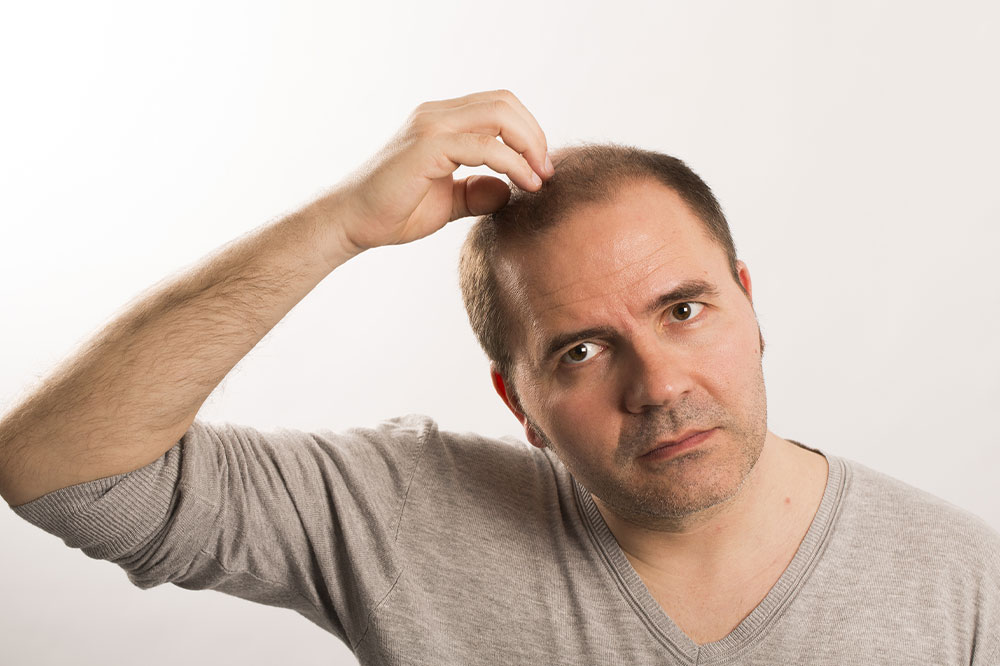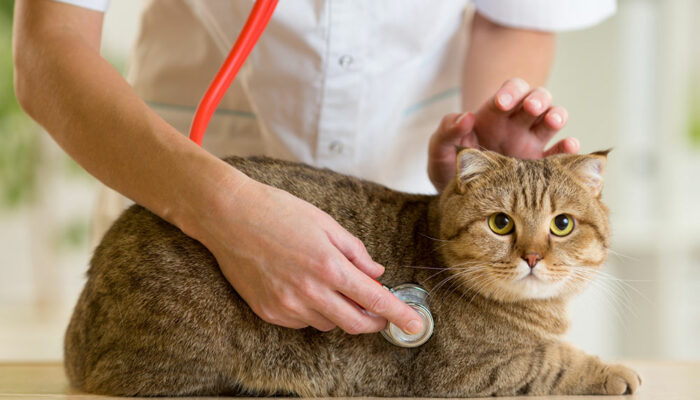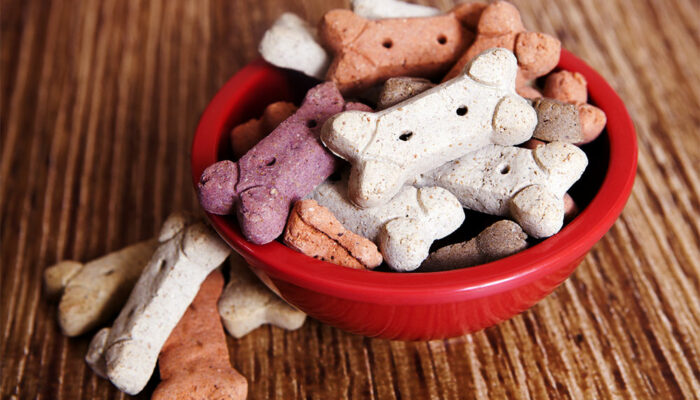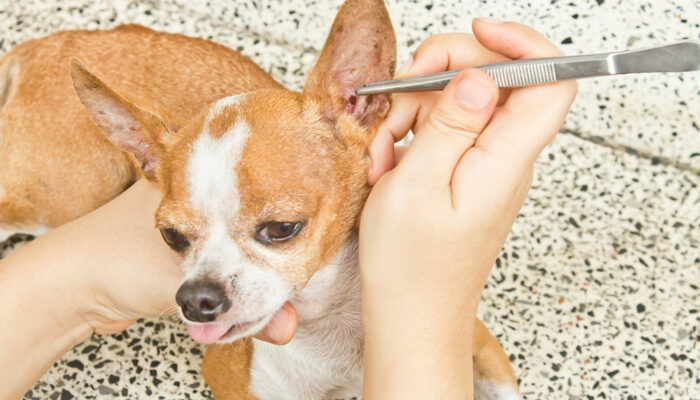
5 Natural Ways to Manage Male Pattern Baldness
When described as androgenic alopecia, male pattern baldness seems quite intimidating. The truth is more than 50% of American men above 50 years are affected by such patterned hair loss. Male pattern baldness can be due to genetics; that is, a family history of broad foreheads could indicate a predisposition to this condition.
But some studies also link hair loss to excessive production of sex hormones called androgens, among its many functions in the regulation of hair growth. If it is in imbalance, hair growth might be affected. Hair cells get replaced all the time. This replacement occurs in a cyclical manner. The problem with male pattern baldness is that after each cycle of hair loss, the hair follicle weakens and produces finer and shorter hair, till finally, no hair grows back. Apart from wigs, new hairstyles, medication like minoxidil and finasteride, and treatments like hair transplants, there are quite a few natural ways to manage male pattern baldness. Here are a few of them.
1. Protein intake
You are what you eat. It applies to your hair too. Each strand of hair is essentially made up of protein fiber. When your diet does not have enough protein, the body diverts protein away from the hair, making the hair dry and brittle. Protein is also called the building blocks of the body due to its role in tissue and cell repair. Thus it is essential for both thickening and repairing hair. Lean meats are excellent sources of protein. And so are fish, nuts, seeds, and milk.
2. Vitamin supplements
Certain vitamin deficiencies are also linked to hair loss and thinning. With male pattern baldness, it is essential to stock up on these vitamins. Vitamin A is necessary for the growth of most cells in the body. It also plays a role in sebum production. This oily substance helps keep hair healthy. It is present in carrots, spinach, pumpkin, kale, and cod liver oil. Biotin, also called vitamin B, plays a vital role in maintaining good circulation in the scalp. Sources of Vitamin B include whole grains, meats, fish, seafood, and leafy green vegetables. Vitamin D plays a role in creating new hair follicles. Fatty fish oils, fortified milk, and exposure to the morning sun are the sources of this vitamin.
3. Extracts and juices
Spice up your scalp by massaging it with juices of ginger, garlic, or onions. All three stimulate hair follicles and expedite their growth. They increase the thickness and length of hair. You can either puree them separately or try them in a combination of varying proportions to prevent any one of the pungent odors from following you around. Another method is mashing or cutting these ingredients and heating them in coconut oil. The essence gets mixed with the oil and works wonders for your hair. A milder option is aloe vera juice. It balances the scalp’s pH and works best for dry or frizzy hair.
4. Oil massages
If garlic and ginger are too strong for you, try using traditional oils. Massage the scalp with almond, coconut, castor, or olive oil for about 20 minutes. Your hands might hurt, but your hair will benefit immensely. Warm oil works best in increasing blood flow to the brain too. Increased circulation implies a well-nourished and healthier bunch of hair.
5. Handle with care
Treating your hair right is crucial if you want to save your locks. Wash it in warm and not hot water. Use a mild shampoo, and do not rub the hair roughly with the towel when you dry it. Instead, dab your scalp or soak up the excess water and allow it to dry naturally. Also, avoid brushing wet hair. When wet, hair is weak and is easy to uproot. Stay away from hair dryers, and always use a wide-toothed comb to straighten your hair.



